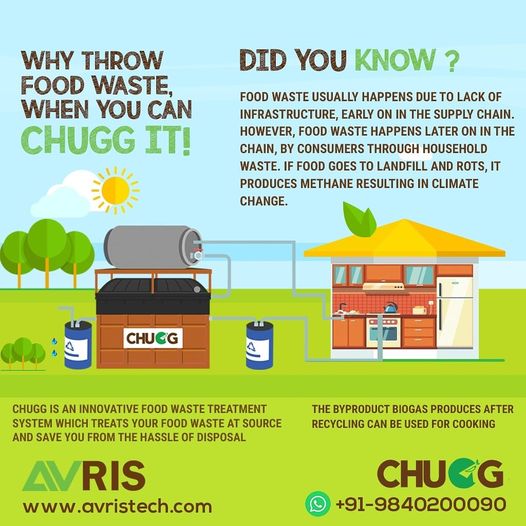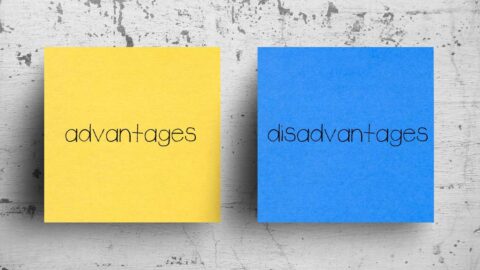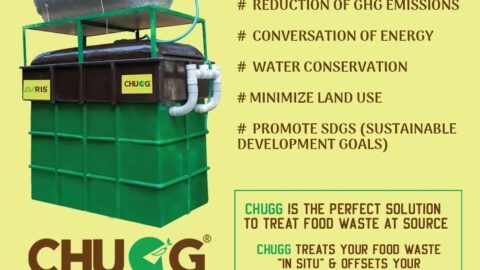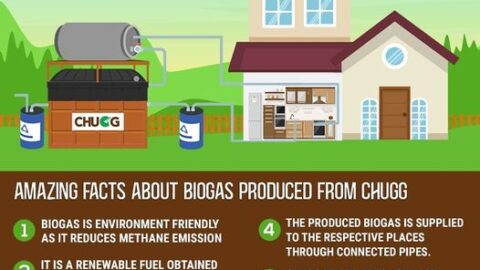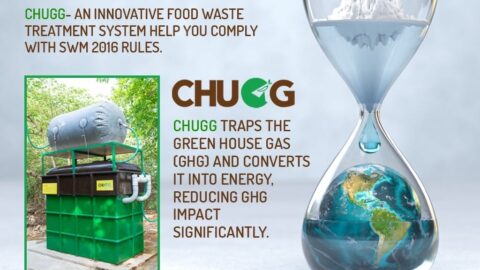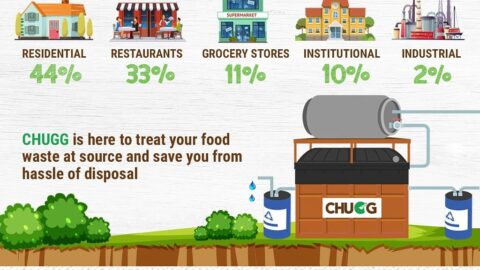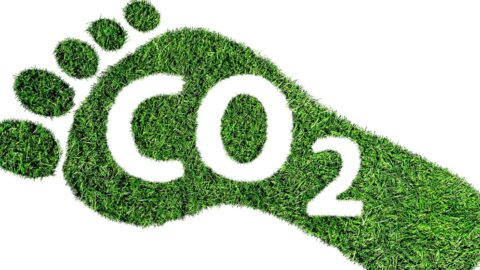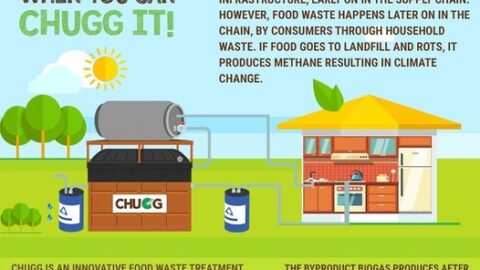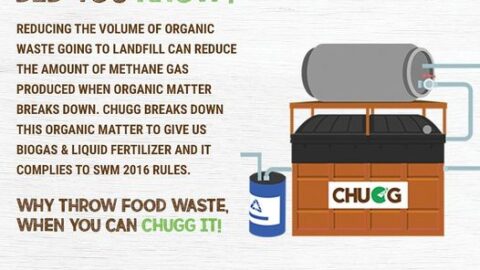For every Indian Business, from farming to cultivating, and restaurants to supermarkets it is essential to find a better food waste management technique. This is a major pressing concern when it comes to effective food waste management in India and environmental issues faced by the world. Across the globe, about 50% of total produce is tossed instead of eaten, while one-third of food is produced only to be wasted.
The most ideal method of managing waste both economically and environmentally is to try not to make waste in the first place. For effective waste management, waste minimization, reuse, recycle and energy recovery are more effective than regular landfill or dumpsite removal techniques.
Why so much food is wasted?
There are different explanations for why food is being wasted. The two fundamental reasons why great food is discarded is that individuals cook excessively or they don’t utilize the food that is available at home. Many individuals don’t have an idea of how to utilize extras. They wind up purchasing takeaways at last as opposed to cooking what they have at home. Individuals don’t check what they have in their cabinets before going out to shop and afterward purchase a lot of because they don’t adhere to a shopping list. Shopping when hungry likewise prompts purchasing more food than is required.
Do you know how much food we throw out?
Approximately 40% of the food produced for human consumption is lost or wasted. Around 20% of all the food purchased is wasted. That adds up to 1 out of 5 packs of goods purchased is discarded. A large portion of the food that is wasted is avoidable and might have been eaten had it been better managed. Up to 40% of the waste found in household bins is food.
To say genuinely, food waste is happening right from the start of the food supply chain. A 10th of food is lost before it leaves the ranch. 30% of good food is fed to love stock and domesticated animals and 66% of that food is lost to animal waste products. 30% of food is discarded in dustbins. Just the leftover 30% of the food is left to be eaten.
Over a large portion of the food waste is estimated to happen inside the food industry. 41% of food waste comes from purchasers, 8% from retailers, 21% from food makers, 15% from eateries, and 15% from others. Of the food discarded, 33% is edible food; 27% is extras; 15% is packaged and; 9% is beverages; 9% is frozen food varieties and 7% is takeaways.
The environmental impacts of food waste
The effect of food waste isn’t simply about finances. Environmentally, food waste prompts inefficient utilization of synthetic substances like composts and pesticides, fuel utilized for transportation, more rotting food, creating more methane – one of the most harmful greenhouse gases that contribute to climate change. Methane is 23 times more powerful than carbon dioxide as an ozone-harming substance. The huge measure of food going to landfills makes a critical commitment to worldwide climate change.
If we all stop wasting food that might have been eaten, the advantage to the planet would be what could be compared to taking 1 of every 4 vehicles off the street. The water utilized around the world to cultivate food that is squandered would be sufficient for domestic purposes.
If 40% of produced food is waste the this indicates that a loss of water withdrawn by farmers from rivers, lakes, and wells for irrigation purposes, adding up to around 675 liters, or more than effective enough for the domestic needs of 9 billion individuals utilizing 200 liters per day.
What can we do?
Food waste management is a complex topic, the practices included in food production to transportation and processing differ from country to country and industries to industries.
However, efforts have been taken to effectively rectify the problem by splitting it into three categories- reduce, reuse, and recycle.
Reduce/ Waste minimization
Waste minimization is a process in which the amount of food waste produced by an individual, household, or society is reduced. Prevention of food waste has to be done from the very top of the food supply chain. Regardless of whether food waste in the home or reducing wasteful packaging when dispatching client orders, forestalling potential waste materials ought to consistently be the principal port of call. Here are three steps to prevent it.
Knowing your needs:Analyze carefully what you need. This way you can easily avoid over-buying and cut down on excessive purchases.
Limit Impact: Sourcing items locally implies fewer resources are required. Moreover, lower-sway choices ought to be considered just as biodegradable or environment-friendly items.
Request in Bulk: Requesting items in mass guarantees less packaging for any single item and fewer shipments are required.
Reuse:
When prevention is impossible when it comes to food waste, then reuse what you can. Reuse is a process in which you use an item more than once. Every time we cook we produce a considerable amount of food scraps that can be reused effectively. There are so many ideas available on the internet that are simple and easy to follow. Reusing food waste ensures that you use them to its full potential before they end up in bins.
Recycle
Many effective recycling methods evolving these days to avoid food waste from filling up the landfills and to produce renewable energy. A well-known process of recycling food waste is composting. Where organic waste matters are biologically decomposed leading to the formation of nutrient-rich compost.
By recycling, you divert the waste from the landfill or elsewhere in the solid waste stream and ensure ongoing value when the item is converted into something useful, such as Biogas and organic manure. Recycling food waste can be done efficiently at an affordable cost using CHUGG- an innovative food waste treatment system at your house, industry, or any facilities. This will divert food waste from reaching the landfills and eliminate the emission of methane into the atmosphere. CHUGG treats food waste at the source thereby capturing Greenhouse gas emissions in a chamber and then by using Nano-technology it produces Biogas and organic manure. Biogas produced from CHUGG offsets the use of fossil fuel thereby, reducing greenhouse gas emissions and reducing LPG bills. The organic manure produced is named Bio-slurry which is rich in plant nutrients is proved to enhance plant growth.

